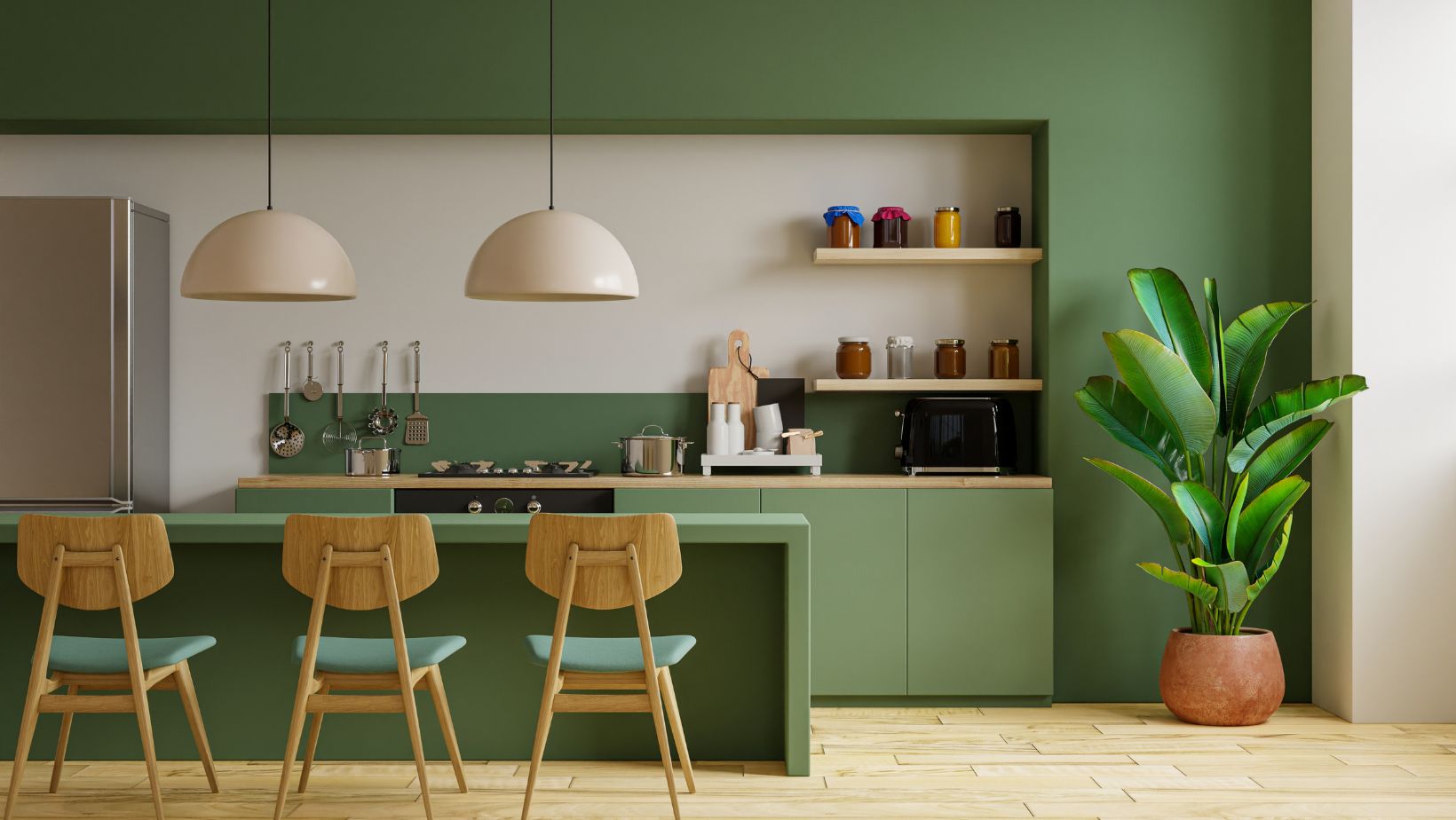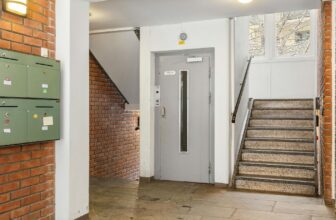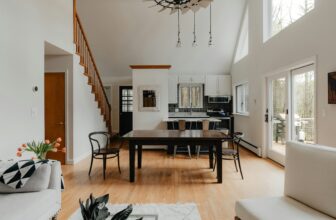
How Interior Design Can Help You Sell Your Home Faster and for More

Thinking about selling your home? You’re not alone.
But here’s the thing—selling fast and getting high dollars isn’t just about timing the market. It’s also about what your home looks and feels like inside.
Yep, we’re talking interior design.
The good news? You don’t need a full HGTV makeover. A few smart design tweaks can make your home more appealing—and more valuable—to purchasers.
Just ask the folks at HouseMax real estate solutions in Kansas City. They’ve seen firsthand how interior updates and even small-scale renovations for selling your home can shave weeks off a sale timeline. And boost your sale price.
So, if you want to make your home stand out, keep reading. You’ll learn what works, what doesn’t, and what makes purchasers say, “This is the one.”
The Impact of Interior Design on Home Sales
Interior design isn’t just about taste—it’s about influence.
The way a home is presented can sway purchaser decisions within minutes. A space that feels clean, open, and welcoming often sells faster than one that feels outdated or impersonal. Purchasers aren’t only evaluating the number of rooms or square footage—they’re deciding how a home makes them feel.

A well-designed interior sends a message: this home is cared for, move-in ready, and worth the asking price.
Even minor updates—fresh paint, new light fixtures, furniture layout—can shift the perception of value. That perception? It turns browsers into purchasers.
Creating a Strong First Impression
You know that moment when you open the front door and step inside? That’s when purchasers decide if it’s a yes or a no.
If the space looks cramped or outdated, it creates doubt. But a clean, bright entryway? That sends the message: this home is move-in ready.
Start with these quick wins:
- Repaint the front door
- Add a new welcome mat
- Install better entry lighting
Think of it like a firm handshake. You’re setting the tone for everything else they’ll see.
Maximizing Space and Functionality
Space matters, but perception matters more.
Even tiny homes can feel spacious when designed thoughtfully. Purchasers notice flow and function. If furniture blocks pathways or rooms feel crowded, it’s harder for them to picture everyday life there.
To improve the sense of space:
- Declutter every room and closet
- Use smaller, scale-appropriate furniture
- Arrange furniture to highlight open walkways and focal points
Rooms should serve a purpose. A nook with a desk signals home office potential. A clear dining space suggests ease of entertaining. When layout and design align with purchasers lifestyles, the property becomes more compelling.
Enhancing Natural and Artificial Lighting
Lighting plays a silent but powerful role in how a home is perceived.
Natural light makes spaces feel larger and more cheerful. Artificial lighting—when layered correctly—adds warmth and flexibility.
To boost light in any space:
- Keep window treatments minimal and clean
- Use mirrors to reflect sunlight
- Swap outdated fixtures for brighter, more efficient options
Avoid harsh overhead lighting by adding table lamps, floor lamps, or under-cabinet lights. These not only brighten dark corners but make spaces feel more comfortable and lived-in.
Updating Key Interior Elements
Purchasers often focus on key areas: kitchens, bathrooms, walls, and floors.
Outdated finishes or worn materials in these spaces can raise concerns about maintenance or renovation costs. On the other hand, even minor updates can breathe new life into a space and help justify asking prices.
Key updates to consider:
- Replacing old cabinet hardware
- Painting walls in neutral tones
- Swapping old faucets or light fixtures for modern alternatives
- Installing clean, durable flooring
Most Purchasers prefer move-in ready homes. A few strategic upgrades go a long way in showing that the home is up-to-date and well-maintained.
Staging Your Home for Potential Purchasers
Staging helps purchasers connect emotionally with the space.
Rather than leaving rooms empty or cluttered, staging creates a visual story. It shows scale, purpose, and lifestyle potential.
Effective staging strategies include:
- Keeping décor minimal and neutral
- Setting up functional living spaces (e.g., a reading nook or breakfast area)
- Highlighting architectural details like fireplaces or built-ins
Staged homes often photograph better and feel more inviting in person. That sense of “home” is what encourages quicker offers and fewer price negotiations.
The Psychological Impact of Interior Design on Purchasers
Design influences mood and emotion. And emotions often drive purchasing decisions.

Color plays a key role. Cool blues feel calming. Warm neutrals feel inviting. Soft whites create a clean, fresh look. Carefully chosen palettes can influence how purchasers feel as they move through a space.
Other psychological design elements include:
- Symmetry, which creates a sense of balance and order
- Soft textures, which signal comfort
- Decluttered surfaces, which help reduce mental “noise”
Even subtle design details can help purchasers imagine themselves living in the space—which increases their emotional investment and likelihood of making an offer.
Cost-Effective Interior Design Tips for Sellers
Selling a home doesn’t require a huge renovation budget. Many impactful design changes are surprisingly affordable.
Budget-friendly updates include:
- Swapping old throw pillows for neutral, textured ones
- Refreshing lampshades or light covers
- Hanging simple, modern artwork
- Replacing outdated switch plates and outlet covers
DIY projects—like painting, minor repairs, or rearranging furniture—can also increase appeal without adding to the bottom line.
The key is focusing on areas with high visual impact. Clean lines, neutral colors, and a tidy appearance make any space more attractive to purchasers.
Simple Changes That Make a Big Difference
Interior design isn’t just decoration—it’s strategy.
It helps homes stand out. It builds emotional connections. It smooths the path between showing and selling.
From enhancing light to staging functional spaces, small design choices often have outsized returns. Purchasers want homes that feel fresh, clean, and move-in ready—and good design delivers exactly that.
With smart interior updates, any home can sell faster. And for more.




